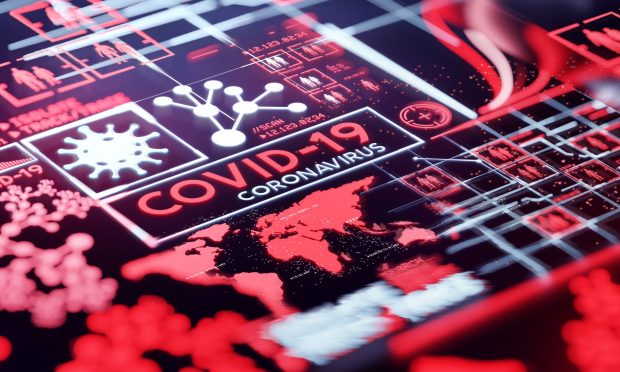How the ‘Introduction to AI assurance’ guide is supporting government’s innovative approach to AI regulation

DSIT’s Responsible Technology Adoption (RTA) Unit is pleased to publish its Introduction to AI assurance. This guidance is an accessible introduction that aims to support organisations to better understand how AI assurance techniques can be used to ensure the safe …









Recent Comments